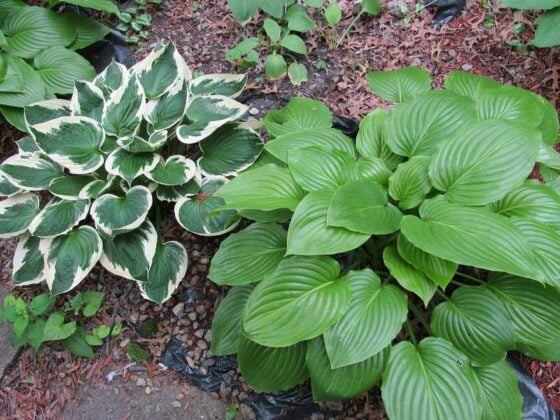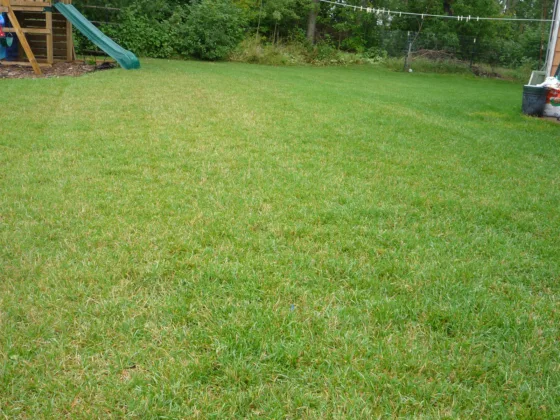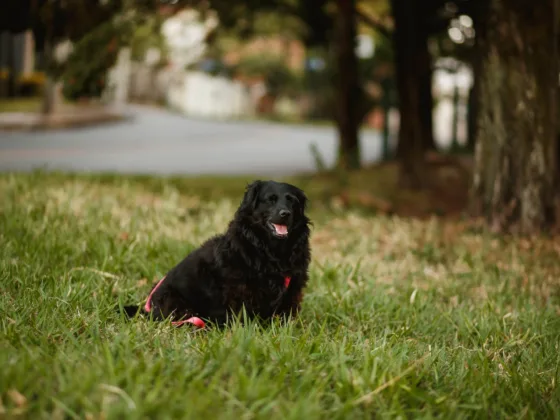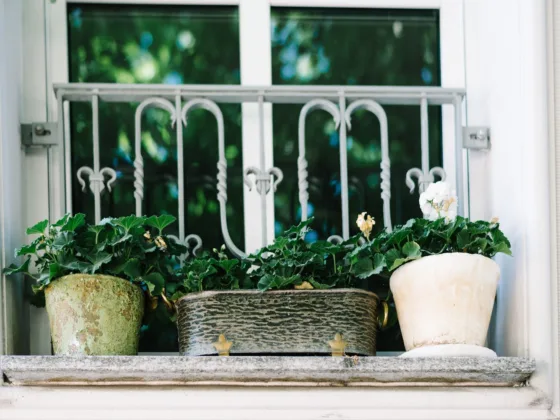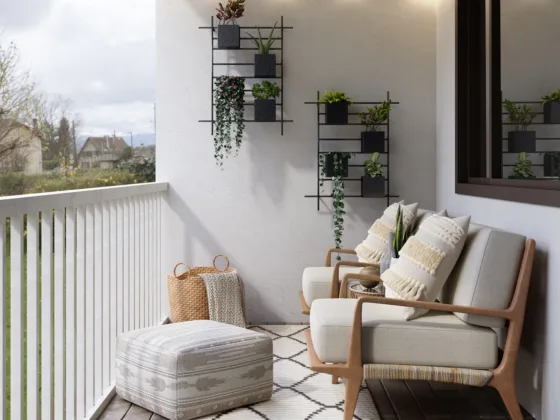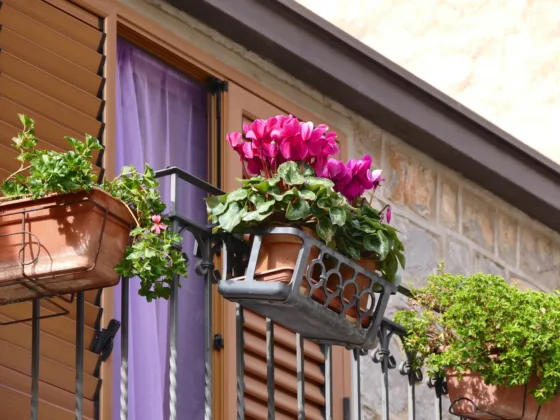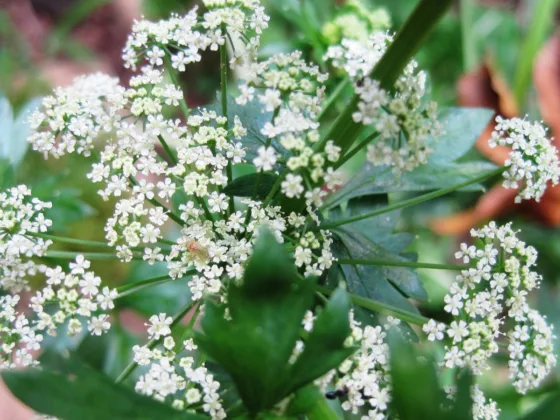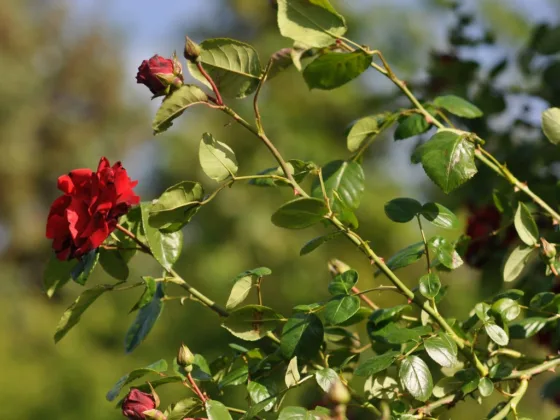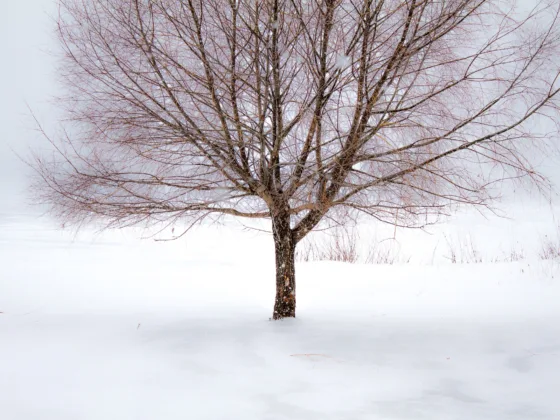Table of Contents Show
A successful landscape for a small garden must begin with a clear plan whether it is done as a DIY project or by a landscape designer.
A small garden designed by a professional will convey harmony and balance, which can also be achieved as a DIY project with a clear course of action. Online garden designs and publications are good resources for ideas, or for a whole project, but achieving a valuable impact on a limited space requires discipline.
Ideas from Landscaping Magazines, Garden Shows, and DIY Books
Online garden designs will help visualize the potential of the space whereas inspiration can be found in specialized publications, and garden shows.
Small Garden by John Brookes proves that balconies, terraces, courtyards, and small backyards can be transformed into havens for relaxing, meditating, entertaining, or for enjoying luxuriant vegetation.
Small Spaces, Beautiful Gardens by Keith Davitt explains how to rehabilitate a soulless garden by eliminating the negative, enhancing the positive, and injecting personal style.
Practical Techniques for the Home Gardener by Judith Adam is an ingenious guide with basic design techniques for small or large projects.
National gardening associations will advise on guides specific to an area or purpose (for example, the Western Sunset books series).

Preliminary Steps for Planning a Small Garden
Homeowners usually assume that a small outdoor space is too limited for a “real” garden. The following steps identify the characteristics of the project and will help the planning:
Decide on the function of your garden:
- Relaxing (water feature, lounging chair setting)
- Entertaining (barbecue, seating area)
- Playing (kids sandbox, small wooden play structure)
- Gardening with flowers(small garden shed, small compost bin)
- Growing vegetables (raised beds, irrigation system)
Identify the micro-climates areas of your outdoor space:
- Sunny
- Light shade (2-3 hours without direct sunlight)
- Partial shade (4-5 hours without direct sunlight)
- Exposed to wind or frost
- Protected from the rain (under eaves)
Observe the existing garden, or those in the neighborhood:
- Make a list of well-established perennial plants
- Notice appealing bushes and trees
- Consider the loss of privacy from deciduous trees
- Notice the hardscape (paths, arbours, fountains)
- Get inspired with Planting Guidelines for a Small Garden
Resist the temptation of a quick makeover:
- A small scale garden needs a well-defined structure
- A mistake with the hardscape is expensive to correct
- An unprofessional look adds no value to a property
View the garden from inside the house:
- Envision the view from the main rooms
- Consider privacy needs
- Create a sketch with landscape-lighting
Collect pictures to help a landscape architect or to keep the DIY vision on track:
- Pictures that strike a chord, perhaps a Japanese garden or a water basin
- Ideas bookmarked in specialized publications or online landscape designs
- Clippings from garden magazines
- Photographs from trips, or from gardens with interesting plant selection
Consider carefully the overall budget:
- A small scale landscape can be surprisingly costly
- Remember that the “investment” will be enjoyed from close look
- Visit landscape suppliers for options and guidance
Last but not least, if the project follows a move to a house with an established garden, experience it through the change of seasons before tearing everything apart.
With this planning in mind, the next step will be to sketch the site: A Small Garden Needs a Strong Design.


